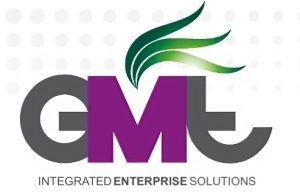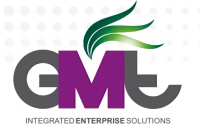Meeting Management Solution
The Meeting Management process automates all meeting management documentation, from creating and submitting reports to creating and managing agendas and minutes, and monitoring and tracking resolutions and actions. The reports are compiled by the various departments for submission to the admin section for inclusion in the agenda.
Management and storage of meeting management process
The Meeting Management module manages the documents for committees, i.e. reports, agendas, minutes and resolutions. Each of these documents can be created, circulated, stored and monitored through lifecycles. These documents are linked together by the committee name, meeting date and meeting type.
For effective management we ensure that the process is automated from the beginning. This in turn means that we are standardising the organisation’s processes, while ensuring visibility of all documents relating to the same meeting.
Electronic submission of reports
This process is enabled through the use of a schedule from the organisation. The schedule details the meetings that are going to be held, and the deadlines for submission of reports for these meetings. Based on the schedule given, the system will be configured to accept reports that are on time, and to reject any reports that are submitted after the deadline.
Directorates and departments will be able to submit reports electronically, using this system. This will assist admin officers in ensuring deadlines are met, as the system will alert the users directly as to whether or not they have met deadlines and will have their reports accepted. Once submitted, reports cannot be edited by the department; there is a feature in the system that prevents editing of submitted information.
Easy access to meeting minutes and reports throughout the organisation
Meeting reports may easily be accessed through the Meeting Management system, and administrators of committees can create their agendas using these reports. The meeting minutes may also be easily accessed by all departments, minimising printing and the use of paper. Only those who have access are allowed to see the minutes. Existing security measures in the organisation will be enforced.
Management of Agendas and Minutes
Agendas (created on Documentum) can be circulated easily for approvals without printing. They are created by typists and sent (via quickflow) to the Administrative officers for approval; in turn, they quickflow to their seniors for approval. This reduces delays and improves productivity.[first mention of Documentum & quickflow. Necessary? Need explanation?]
Management and monitoring of resolutions
After the minutes have been approved, the resolutions are captured as independent objects, allowing for updating and tracking of each resolution. Each resolution is then assigned to the relevant department, which is then responsible for updating it and ensuring that it is implemented. If a resolution has actions assigned to different people or departments, then those actions are captured as independent objects and assigned to the relevant people. Effectively a resolution and its actions will be managed and monitored as independent objects, and reports can be drawn at both levels.
Security of meeting documents
Meeting documents are made secure through the Meeting Manager security. Based on the organisational rules, meeting documents will only be made available to people that are supposed to view them. If a meeting document is deemed to be confidential, it will have security than ensures that even within the system, it is confidential.
Key Features and Benefits
Automation of processes: Resulting in improved turnaround times for approval of documents and circulation
Minimizing use of paper: Protecting the environment by going green
Improved access to information: Departments have easy access to minutes and resolutions, and will also be able to track and update the status of resolutions.
GMT and EMC: the choice for meeting management
By implementing GMT Meeting Management (leveraging EMC Documentum), organisations can:
- Gain advanced security features such as encrypted files stores and digital shredding
- Take advantage of advanced information rights-management capabilities that provide protection, control and audit trails for documents
- Have the ability to link all meeting documents that belong to the same meeting (e.g. agendas, memos, reports, minutes, and resolutions)
- Have the ability to capture all documents at entry point for management and archiving
- Have the capability of personal as well as organisational reporting
- Gain audit compliance
- Have reporting capability that is in line with audit requirements
Enterprise Content Management
Key features
- Automation of processes
- Minimising use of paper
- Improved access to information
The Big Picture
- Automation of meeting management documentation
- Management of meeting processes
- Electronic submission of reports
- Management of agendas and minutes
- Easy access to committee meeting minutes and reports
- Management and monitoring of resolutions

